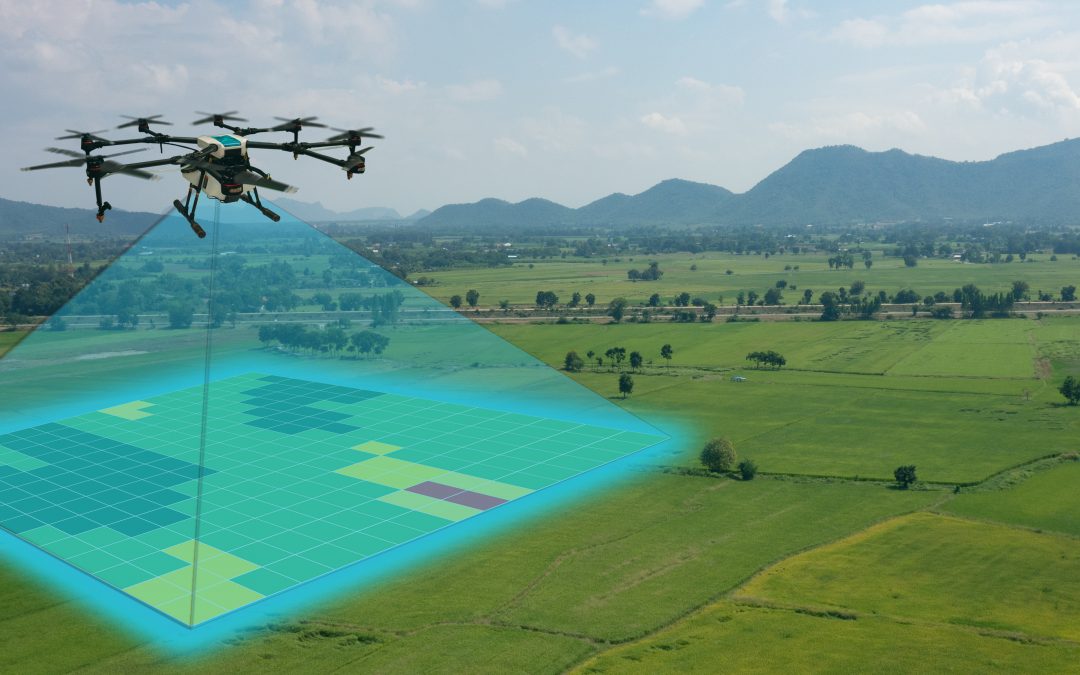Blog Editor’s Note: This is an interesting companion article to our last blog post in which a rep of the UAV industry talked about the need to protect drones from GPS interference.
We hasten to point out that this FAA approval for BVLOS (beyond visual line of sight) operations comes with a wealth of restrictions on when and where these can take place. The restrictions will greatly reduce the chance of mishaps. And while the approval does not mention navigation or GPS, it does reference previous waivers that require not starting or ending operations if GPS signals and equipment are not 100%.
That said, once operations are underway, GPS problems can arise that work against ending the flight and lead to an accident.

FAA approves first fully-automated commercial drone flights
The Federal Aviation Administration (FAA) this week approved the first fully-automated commercial drone flights, giving a small firm the green light to operate drones without direct supervision by human controllers or manned piloting.
The FAA’s decision mandates that the drones only operate in rural areas at heights under 400 feet, though it is still a watershed moment in efforts by farmers, miners and others to push for boosted commercial use of unmanned drones in their work.
The agency said in approval documents posted to its website that expanded commercial use of automated drones could bring “efficiencies to many of the industries that fuel our economy such as agriculture, mining, transportation and non-durable manufacturing.”


